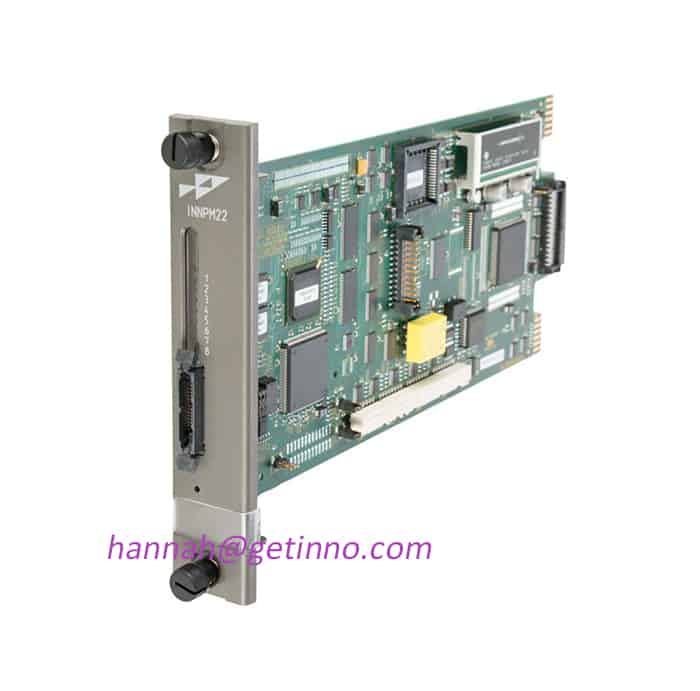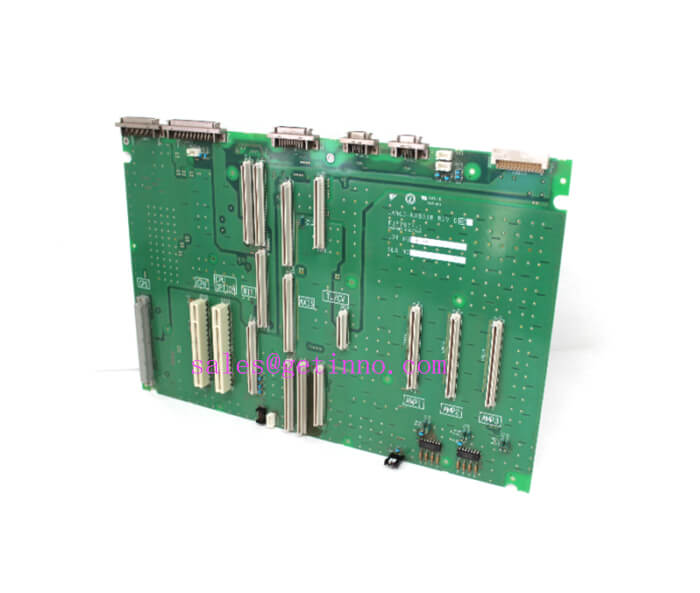Robots perform surgery, do you dare to try it?
AsiaIndustrial NetNews: A few coldrobot“Iron arm”, which penetrates into the human body and performs operations such as tumor resection and heart bypass, can really be assured of such medical technology?
However, clinical experience has proved that Robotic surgery is very safe. Due to its “self-contained” technical advantages, surgical Robots have become one of the necessary medical devices for many top hospitals in my country.
Since October 15, 2015, the first “Da Vinci” robotic surgery in our province was carried out, until April 15, 2017, the Third Xiangya Hospital has completed 833 robotic surgeries, including 702 gynecological surgeries, ranking first in the country .
From April 20th to 21st, the “2017 Xiangya International Conference on Robotic Surgery” hosted by the Third Xiangya Hospital of Central South University was held. Timothy R., academician of the American Academy of Medical Sciences and winner of the 2016 Chinese Government “Friendship Award”. Billiar, Koon Ho Rha, Director of Robotics and Minimally Invasive Surgery Training Center of Yonsei University School of Medicine, Chen Biliang, Director of Obstetrics and Gynecology Department of Xijing Hospital, and other famous experts at home and abroad gathered together to discuss the new progress in the clinical application of surgical robots. The reporter also put on disinfectant clothes and followed these domestic and foreign experts into the operating room to explore the “health code” of the “Da Vinci” surgical robot.
[Prepare] mechanicalSterilize the arms, each with a sterile sleeve
There was a live broadcast of robots performing obstetrics and gynecology surgery at the meeting, and Professor Chen Biliang, who was invited, was the “leader”. Professor Chen is a “big coffee” in obstetrics and gynecology. He successfully performed China’s first human uterus transplant on November 20, 2015. He is also the head of China’s “Da Vinci Surgical Robotic Obstetrics and Gynecology Clinical Surgery Teaching Demonstration Center”.
In the operating room of several square meters, the “Da Vinci” is huge. It has three main parts, including the doctor’s operating system, the 4-arm bedside robotic surgery system, and the high-definition imaging system.
Before the operation begins, the doctors and nurses who assist the operation must prepare first. Everyone divides the labor and cooperates, some people debug the robot, some people sterilize the tools, and anesthetize the patients.
Although the robot has 7 arms, an operation usually requires the use of 4 “arms” of the robot, 3 operating arms and 1 camera arm. The medical staff carefully sterilizes and wraps the entire arm in a sterile plastic sleeve , just like the gloves a doctor wears during an operation. According to reports, this kind of disinfection set costs thousands of yuan.
The patient who underwent surgery that day was a 51-year-old woman with a gynecologic tumor. The doctor disinfected her surgical site, then covered her whole body with a green disinfectant cloth, administered anesthesia, and prepared for surgery.
[Surgery]It can be magnified 15 times, and the blood vessels can be seen clearly
At 10:22 in the morning, the operation officially began. Sitting in front of the operating system, Professor Chen Biliang lowered his head and stared at the 3D image on the monitor screen in front of him. The thumb and middle finger of both hands were placed on the sensor, allowing him to “move” 360 degrees flexibly and freely.
The seemingly simple “activity” is connected to the connection end of the robot’s operating arm, which becomes the “finger” of the robot. The movement of Professor Chen’s fingertips is “transformed” into the probe of the robotic arm on the human body through the optical fiber. , cutting, moving back and forth, etc. The connecting end of the robotic arm can replace the instruments needed in the operation, such as scalpels, forceps, scissors, needles, etc.
“This is a lymph node that needs to be dissected to prevent recurrence.” Among the numerous tissue structures in the patient’s lesions, Professor Chen constantly “searched for” the tumor, and the scalpel vibrated to generate high temperature for cutting. White smoke.
The reporter saw that under the monitor of the operating table, the patient’s lesion tissue was enlarged, and the operation was very precise. It is understood that the magnification can be up to 15 times, and even an artery and blood vessel can be seen clearly, and the operating doctor can avoid cutting the blood vessel. Therefore, robotic surgery is also known as “bloodless surgery”.
1 2 Next page > page
Multiple video terminals are placed in the operating room, so that the operation of the robotic arm can be clearly seen; when encountering tissues such as blood vessels, assistants will assist the patient beside the patient, clamping the blood vessels to facilitate the next cut.
Professor Chen continued to explain the operation to the participants who watched the live broadcast, and Professor Xue Min, director of the Obstetrics and Gynecology Department of the Third Xiangya Hospital, also added. “This operation is perfect.” Seeing some precise operations, she couldn’t help but admire.
Two hours later, the operation was completed perfectly. The reporter saw from the camera that the patient’s tumor was cut very cleanly, with only a small amount of bleeding.
[Later stage]Minimally invasive complex surgery, the patient will be hospitalized for 3 days less
“The trauma is very small and can be discharged soon.” Experts said that because of the stabilizer on the robotic arm, the involuntary shaking of the hand during surgery can be filtered out, which can avoid surgery accidents, and will not cut other adhering tissues. Therefore, patients recover quickly after surgery, the average hospital stay is shortened by half compared with traditional surgery, and the postoperative survival rate and recovery rate are greatly improved. According to the data, patients were hospitalized for an average of 3 days less after undergoing robotic surgery.
“In ordinary pancreatic cancer surgery, the opening of the chest and abdomen will reach more than 20 centimeters, and now only a few holes are needed.” Zhu Sunhong, vice president of the Third Xiangya Hospital, added that such minimally invasive advantages are used in patients with pancreatic cancer and rectal cancer. It is more obvious during surgery.
Technical interpretation
Break through the limitations
Zhu Sunhong told reporters that for doctors, the “Da Vinci” surgical robot breaks through the limitations of human eyes and hands.
Its video processing system provides optical magnification of 10 to 15 times. The high-definition three-dimensional video technology surpasses the limitations of the human eye, resulting in a clearer field of vision and more precise and detailed operations. The video speed reaches 1,300 synchronizations per second, and its illumination range is larger than that of laparoscopy, providing surgeons with surgical navigation and positioning. High-definition 3D imaging and 7-degree-of-freedom robotic arm movements allow doctors to operate more accurately.
Sterile protection
The bedside robotic arm system of the DaVinci robot is covered with a sterile protective cover. And every time an operation is performed, this sterile protective cover needs to be replaced. In fact, there is a limit to the number of times the device can be used, and the device will be automatically invalidated if it exceeds the number of times.
In addition, due to the remote contact between the doctor and the patient, repeated disinfection, hand washing and other links can be reduced, greatly improving work efficiency and avoiding the risk of doctor cross infection (hepatitis B, AIDS, etc.).
Surgery qualification
The so-called robotic surgery is not completely replaced by machines to perform surgery. In fact, every instruction of the surgical system is issued by the doctor. The “Da Vinci” surgical robot is only an important auxiliary system in the operation, which can help the doctor to perform the operation on the patient better and faster.
Using “Da Vinci” for surgery, the doctor is completely freed from standing beside the operating table for a long time, and can devote more energy to better designing the surgical plan, and adjust the surgical strategy in time according to the situation during the operation.
However, to operate “Da Vinci”, doctors need to have the qualifications of international unified standards. When “Da Vinci” first entered Hunan, only 9 doctors in the province can control it. At present, there are more than 20 doctors in Hunan with relevant qualifications.
The Links: ACS150-03E-02A4-4 / 68581753 INNPM22
Pre: Yaskawa JANCD-MCP02-1 Rev. C CNC Serv... Next: The first share of “Smart Facto...




